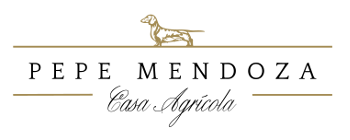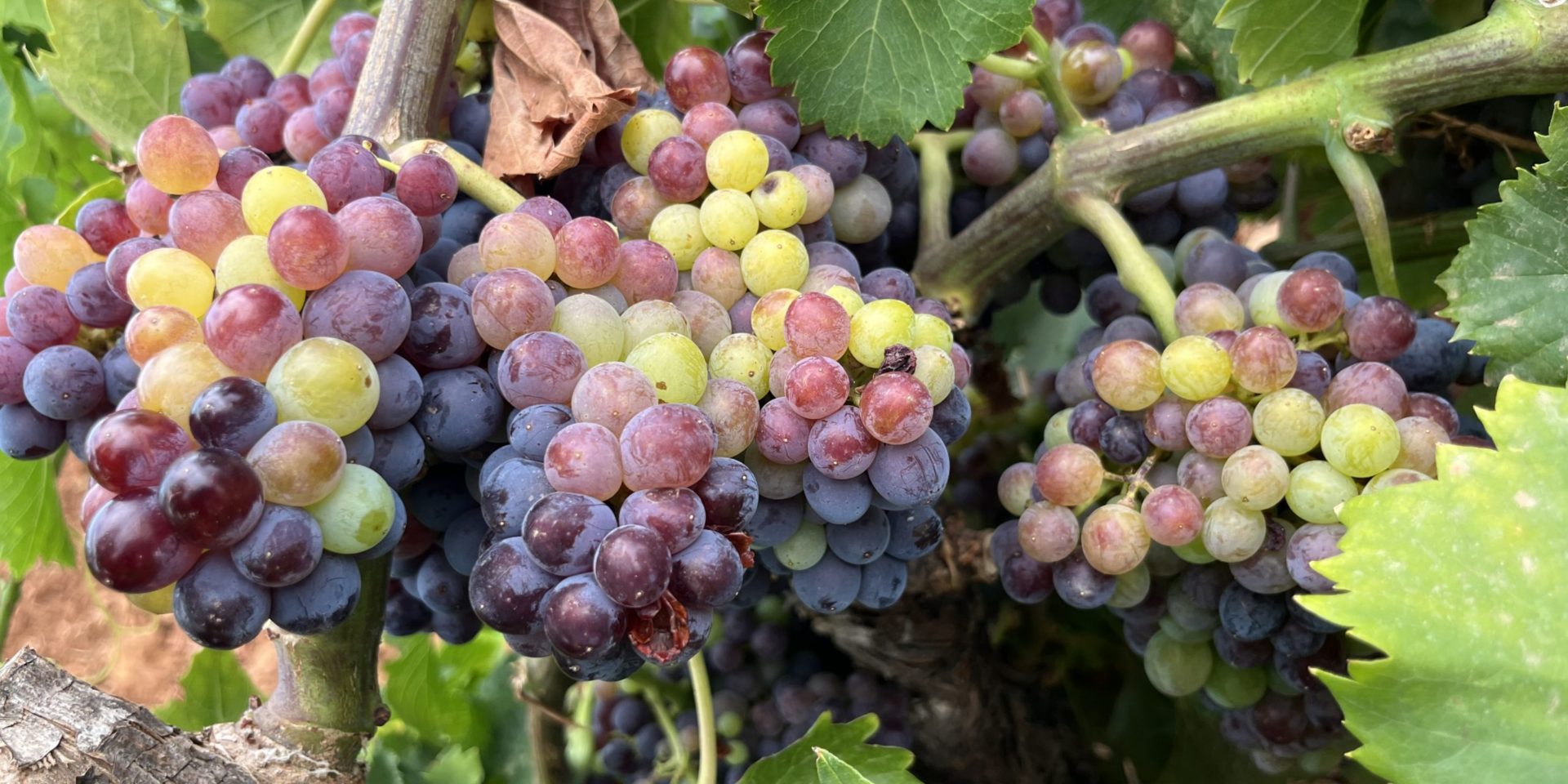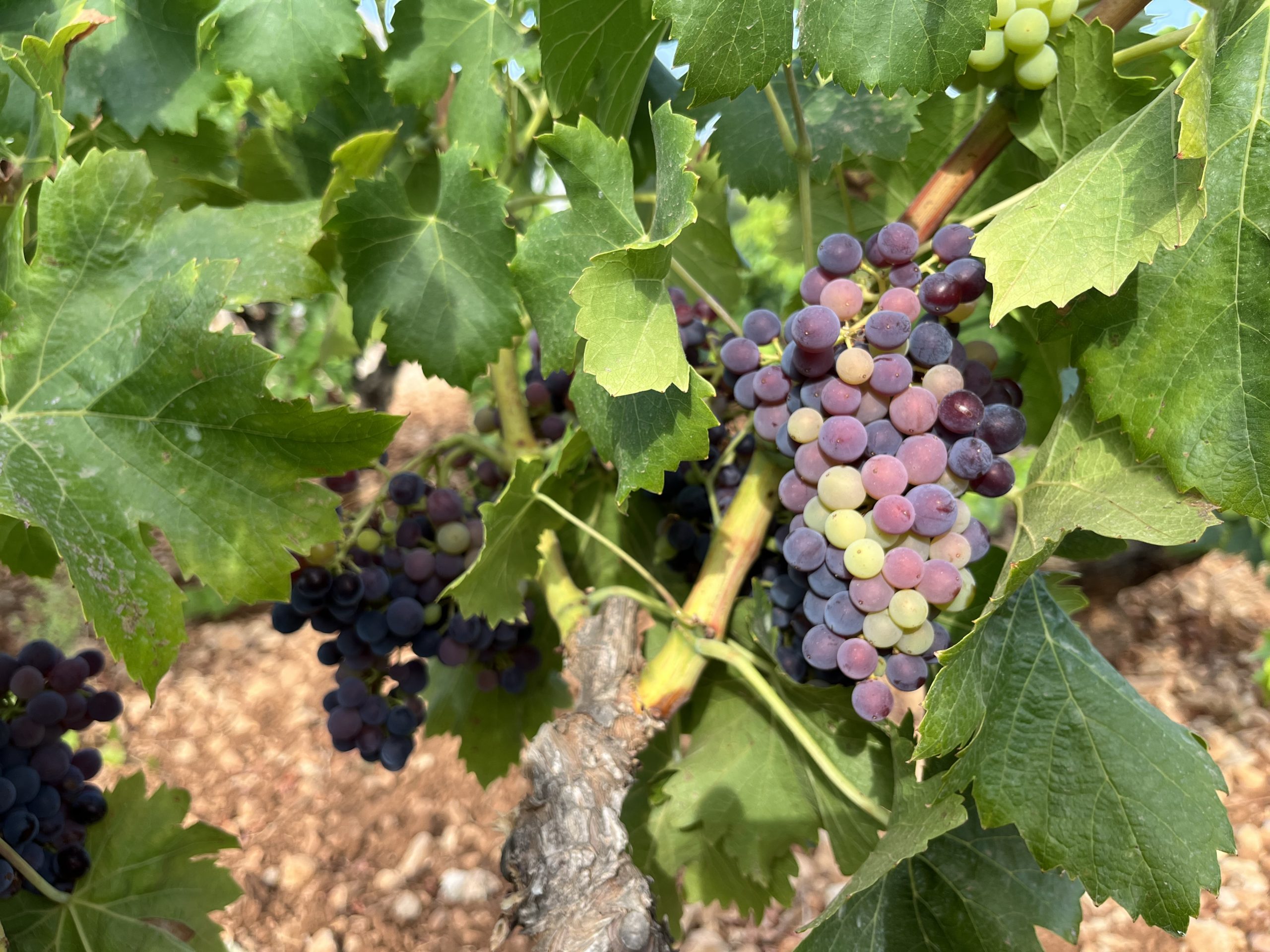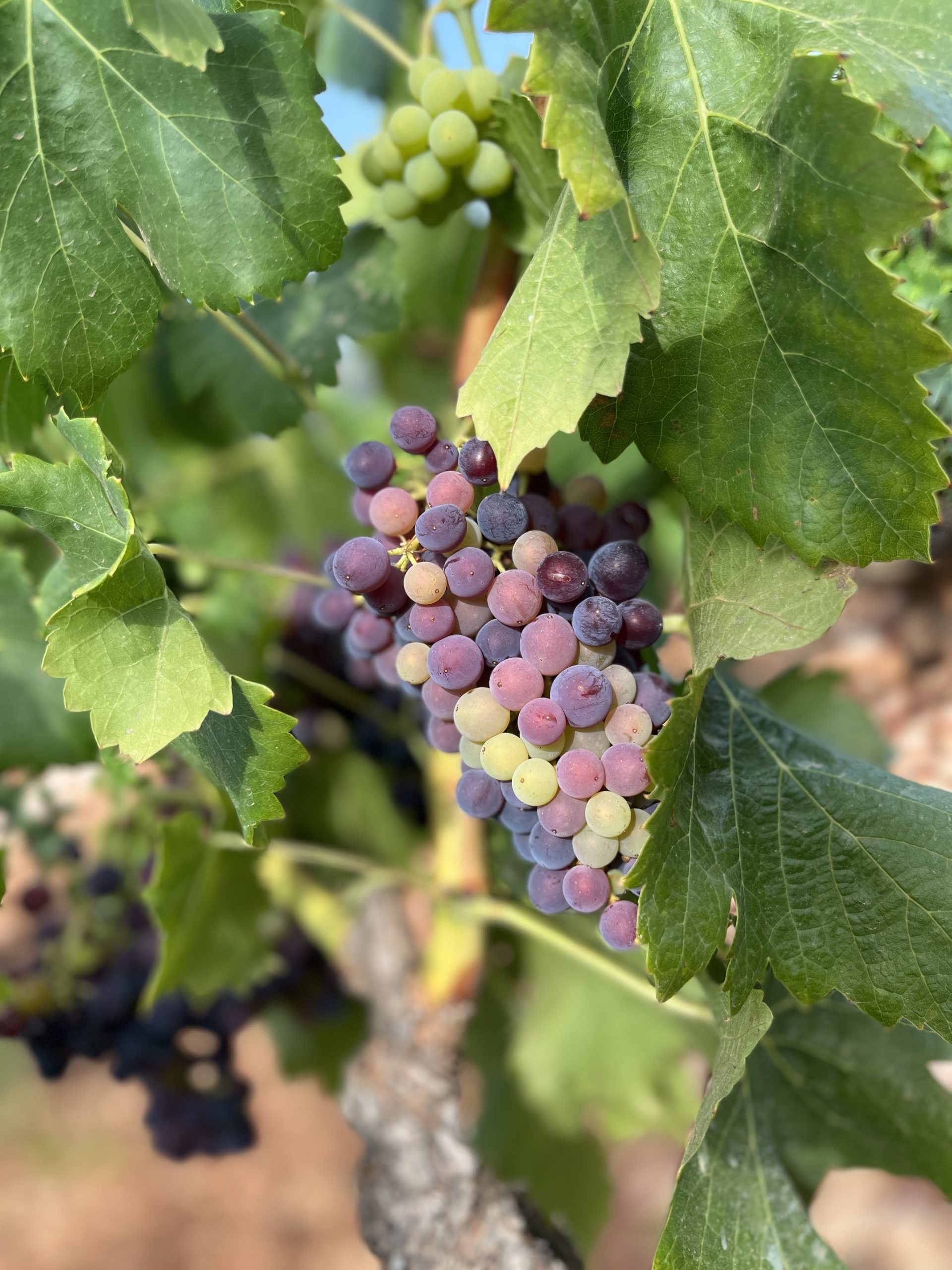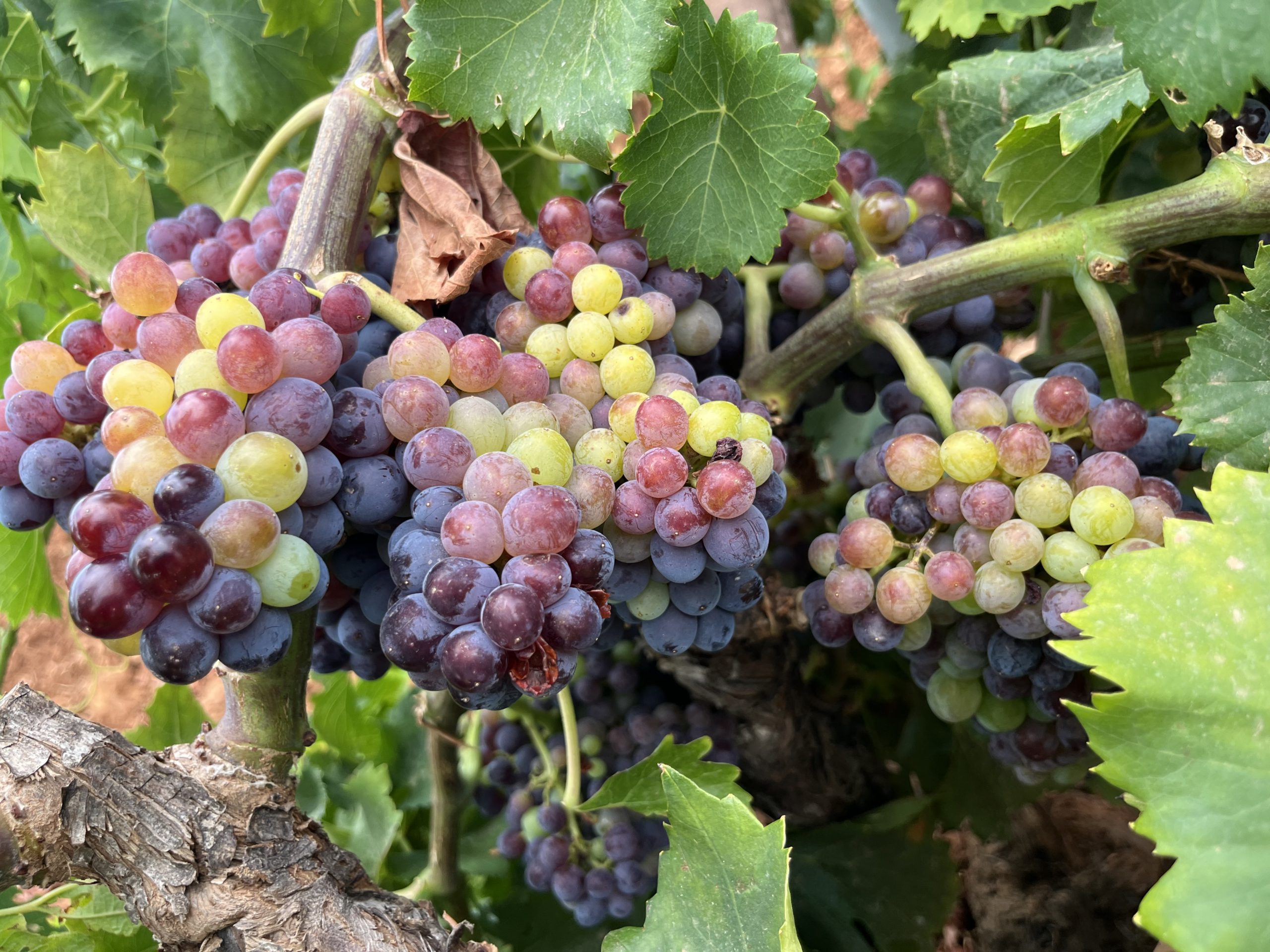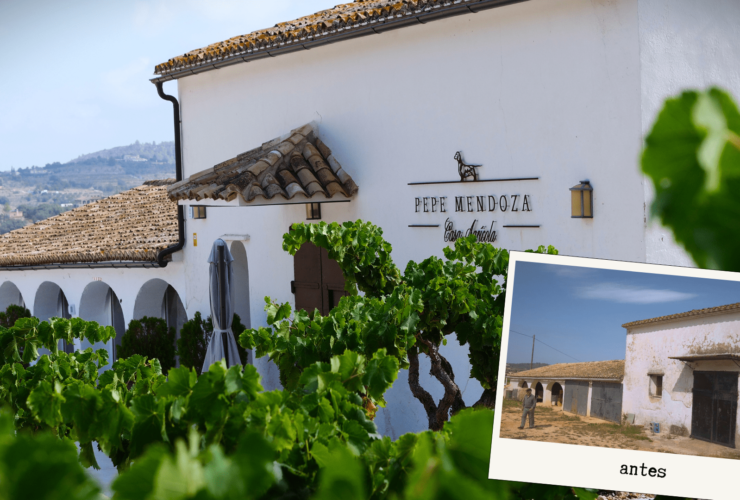THE VERAISON. What is it and what does it consist of?
The vine goes through different phases during the year. Taking as the year the period that goes from the end of the harvest to the next, changes in the vines practically occur every month. We recently talked about winter pruning, that moment in which we have to prepare life so that its growth is what we are looking for.
Traditionally, though that is changing with climate change, in the months of July/August a phenomenon called veraison usually occurs. The veraison serves as the starting point for the maturation of the grape. The harvest time was also traditionally calculated by counting a certain number of days from veraison, which can be a maximum of around 55 days, although like everything related to grapes, it depends a lot on the region, climate and variety.
The veraison is a moment in the growth and development of the berries in which their skin changes color and little by little it adopts its final appearance. During their growth, since they begin to shyly appear in the clusters, their color is green, regardless of the variety they are. It is at this time when the tone of the skin is slowly transformed. The process can last a couple of days for each grape, although not all the berries of each bunch change color at the same time, so we can see in the same bunch of red grapes some that are turning green, others reddish, others violet, bluish and purple, creating a fascinating blend of tones. In white varieties, the green tone gives way to various yellowish shades.
Apart from the change in the color of the skin, veraison brings with it other processes. The skin itself begins to lose thickness, acquiring tannins and generating yeasts on the outside that will later transform the sugar into alcohol. This sugar also increases its quantity inside the grape during this period, also decreasing its acidity. Those responsible for this change in skin color are phenolic compounds called anthocyanins in red varieties and flavonoids in white varieties.
Thus, veraison is the starting point for the harvest. The grapes begin to take on size and acquire all the characteristics that they will later contribute to the wines made with them. The berry experiences a weight gain of 2.5 times its previous size. The whole load of tartaric, malic and lactic acid goes down because otherwise the berry would be inedible. The load in polysaccharides and sugars is also rising.
Regarding the date on which veraison usually occurs, there is an old saying: between San Juan and Santa Ana the grapes paint their color.
Puede que también te interese
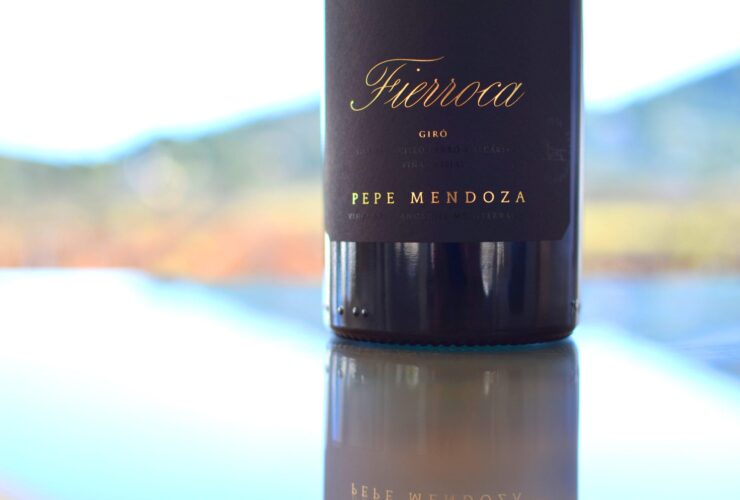
Iron and Rock, a Love Story… FIERROCA.
Notice: Undefined offset: 0 in /home/casaagricola/web/casaagricola.es/public_html/wp-content/themes/ave/theme/liquid-template-tags.php on line 759
Notice: Trying to get property 'name' of non-object in /home/casaagricola/web/casaagricola.es/public_html/wp-content/themes/ave/theme/liquid-template-tags.php on line 759
Notice: Undefined offset: 0 in /home/casaagricola/web/casaagricola.es/public_html/wp-content/themes/ave/theme/liquid-template-tags.php on line 760
Notice: Trying to get property 'term_id' of non-object in /home/casaagricola/web/casaagricola.es/public_html/wp-content/themes/ave/theme/liquid-template-tags.php on line 760
